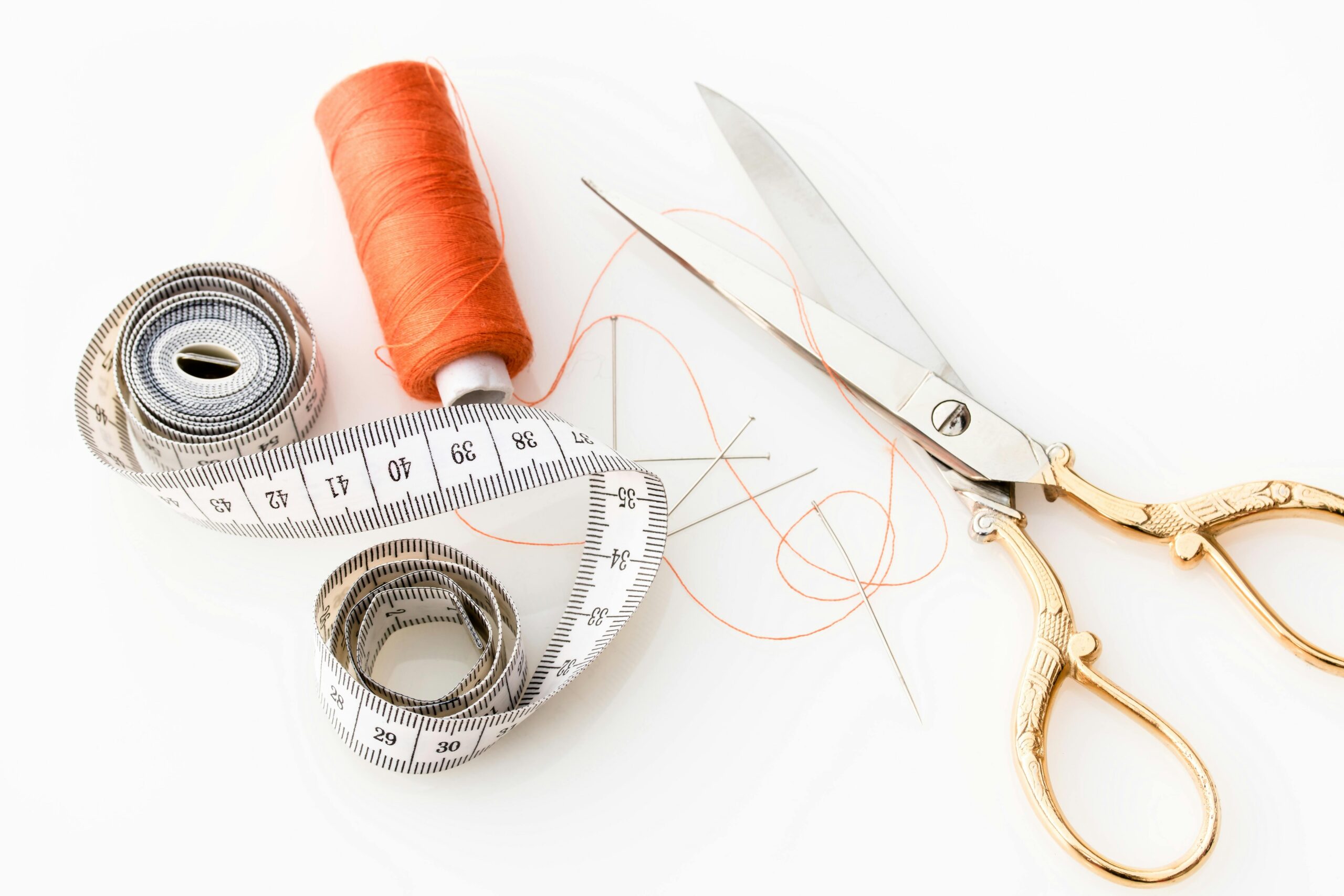Taking care of your clothes not only helps them last longer, but it also keeps you looking sharp and can save you money in the long run. With a few simple practices, you can maintain the quality of your wardrobe and ensure that your favorite pieces stay in great condition. Here’s how to properly care for your clothes.
1. Read the Labels
The first step in clothing care is to always check the care labels. These labels provide essential information about how to wash, dry, and iron each item. They may indicate specific water temperatures, drying methods, and whether the item can be ironed or dry cleaned. Following these instructions is crucial to preserving the fabric’s integrity.
2. Sort Your Laundry
Sorting your laundry is key to preventing damage. Separate your clothes by color (dark, light, and whites), fabric type, and washing requirements. Washing delicate fabrics with heavier items can cause snags and tears. Similarly, washing dark colors with lighter ones can lead to color bleeding.
3. Wash with Care
When it comes to washing, choose a gentle detergent that suits the fabric type. For delicate items, consider using a mesh laundry bag to protect them during the wash cycle. Use cold water for most washes to prevent shrinking and fading, and opt for a gentle cycle whenever possible.
4. Avoid Overloading the Washer
Overloading the washing machine can lead to inadequate cleaning and increased wear on your clothes. Make sure there’s enough space for items to move freely, which allows for better cleaning and prevents excessive friction that can cause pilling or tearing.
5. Dry Responsibly
Air drying is often the best option for preserving your clothes, especially for delicate fabrics. Hang items on a drying rack or line dry them to maintain their shape. If you must use a dryer, choose a low heat setting and remove clothes while they are still slightly damp to reduce wrinkles and shrinkage.
6. Iron with Caution
If your clothes need ironing, always check the label for the appropriate heat setting. Invest in a good quality iron and a pressing cloth for delicate fabrics to prevent burns and shine marks. Steaming is a great alternative to ironing and can help remove wrinkles without the risk of heat damage.
7. Store Properly
Proper storage is essential for maintaining the quality of your clothes. For items you wear frequently, use sturdy hangers to prevent stretching and sagging. Fold heavier sweaters and knits to avoid distortion. For seasonal items, ensure they’re clean before storing them in a cool, dry place, ideally in breathable garment bags to protect against dust and pests.
8. Spot Clean and Repair
Tackle stains promptly by spot cleaning with appropriate methods for the fabric type. For small repairs like loose buttons or minor tears, don’t hesitate to fix them yourself or take them to a tailor. Addressing these issues early can prevent them from becoming bigger problems.
9. Rotate Your Wardrobe
Avoid wearing the same pieces repeatedly without giving them a break. Rotating your wardrobe allows items to rest, which can help prevent wear and tear. This is especially important for shoes, bags, and other accessories.
10. Embrace Minimalism
Lastly, consider adopting a more minimalist wardrobe. Fewer, higher-quality pieces that you love and that fit well will not only simplify your life but also reduce the amount of care your clothing requires. Investing in versatile items can lead to a more sustainable and satisfying wardrobe.
Conclusion
Taking care of your clothes doesn’t have to be a daunting task. By incorporating these practices into your routine, you’ll keep your wardrobe looking fresh and vibrant for years to come. Remember, the better you care for your clothes, the better they will care for you! Happy dressing!




